Composting is an easy way to create nutrient rich DIY fertilizer for your garden. Keep reading to learn how to start a compost pile, what things you can compost, and how to make the process go even quicker!
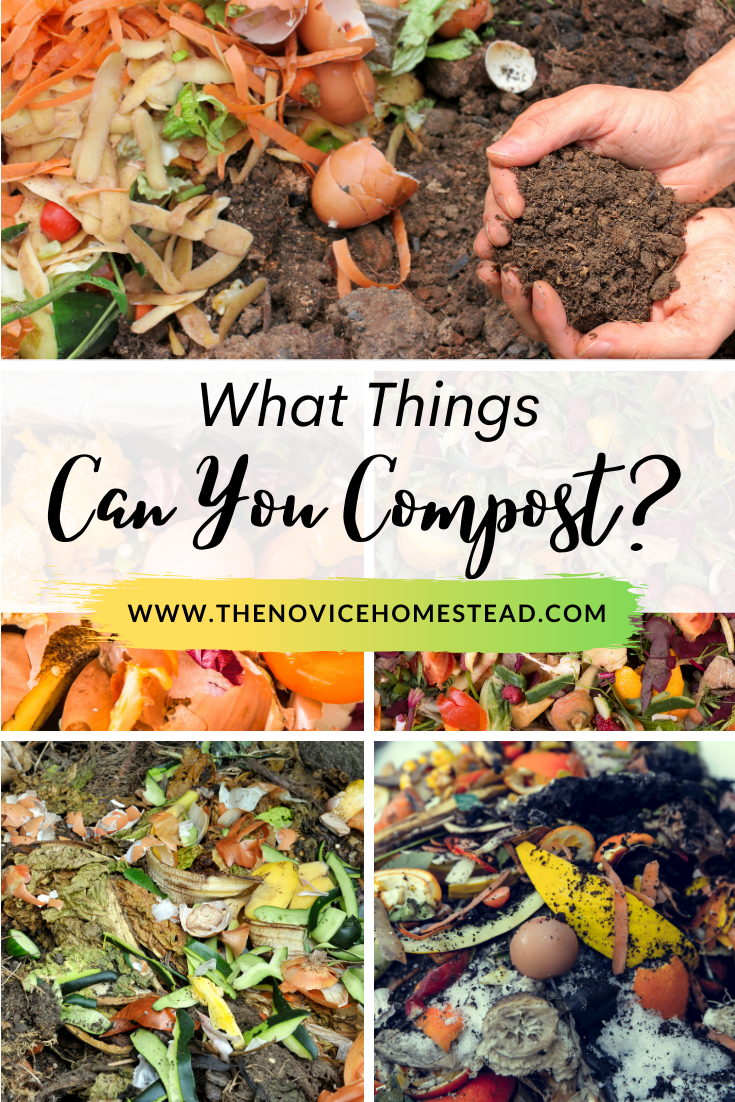
What is Compost?
Composting is the process of allowing organic matter to decompose — it is essentially a form of recycling. Compost is the decayed organic matter when it is finished with the process. It is nutrient rich and a wonderful DIY fertilizer for gardening.
Why Compost? Not only is compost an effective and free fertilizer for your garden; but a sustainable way to reduce the waste in your home too!
Note: We’ve included shop-able ad links in this post to products we love and use in our own home; read our disclosure policy here.
What Can You Compost?
Creating a compost bin or pile is about as easy as it sounds, and there are a surprising number of things that can be included. To help make it even easier, here is a detailed list of the things you can compost!
- Grass clippings
- Tree leaves
- Brush trimmings
- Old wine
- Dry cat or dog food
- Dryer lint
- Hair or fur
- Old herbs and spices
- Fruit and vegetable scraps
- Coffee grounds and filters
- Tea leaves and tea bags
- Black and white paper
- Corrugated cardboard (uncoated)
- Vegetarian animal manure (from cows, horses, rabbits, etc.)
- Wood shavings or sawdust
Things NOT to Compost
Generally, most organic material is safe for your compost pile. However, there are a few exceptions.
- Some yard waste: If you have a plant that dies from disease, do not place this in your compost pile. Composting items such as these will not kill the disease and could cause it to spread to your other plants.
- Meat, dairy, and bones: These not only carry a risk for disease but can also attract pests and rodents to your compost pile. Even if your compost bin is locked, this won’t necessarily keep these animals away to try and get to your food. Instead, throw these items away rather than put them in your compost bin.
- Inorganic materials: This stuff won’t break down in a compost pile. Examples include aluminum foil, glass, plastic, and metal.
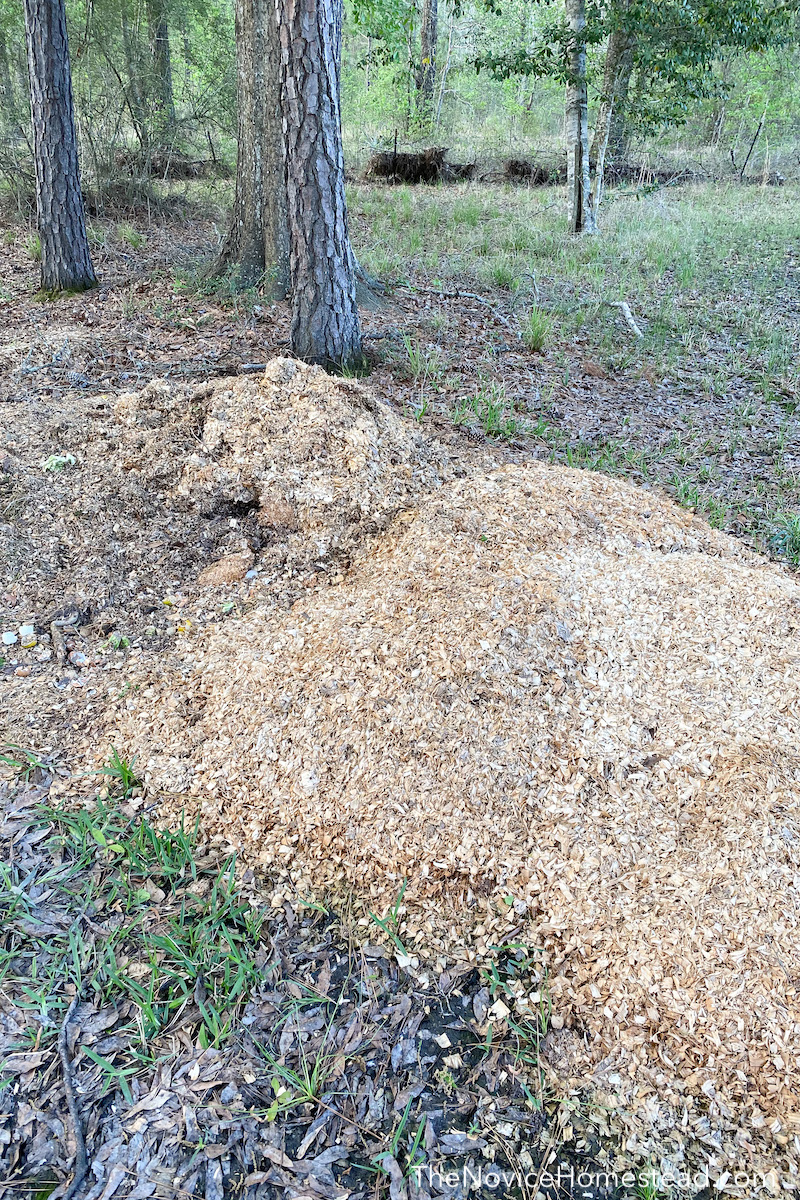
How to start a compost pile
Now that you know what you can and can’t compost, it’s time to start creating your very first compost pile. Creating a compost pile is pretty easy and requires just a few easy steps.
1. Choose a Location
First, you will want to choose a location for your compost pile or compost bin. Location is just as important as what you’re putting into your compost pile.
If creating a compost pile, make sure you choose an open area that has good drainage. You don’t want your compost to sit on standing water after heavy rain. We started our first compost pile in an area of our property that was prone to flooding (unbeknownst to us!) It all washed away in a storm and we had to start over.
You also want to make sure that choose an area that it at least partially shaded. Too much sun on your compost pile can dry it out. Keep in mind that full shade might keep it too wet. A little bit of both sun and shade is ideal.
Another consideration when it comes to your compost pile should be the location away from meat-eating animals. The last thing you want are raccoons or dogs digging through your compost pile!
2. Consider the Size
Now that you know where you should put your compost pile, it’s time to figure out how large your compost pile might get. The recommended size for a standard compost pile should be no smaller than 3 feet high and no larger than five feet. This is because anything that is smaller won’t heat up properly, and anything larger will make it difficult to turn and hold too much water.
It’s ok if your pile is not that large right from the start, but keep in mind that the “magic” might not happen until your compost is more substantial.
3. Start Building!
This is the easy part — adding stuff to the pile. I keep a bowl on my counter for scraps and compostable items that accumulate throughout the day. Then in the evening I walk the bowl out to my pile and dump everything from the bowl on top. Repeat each day and watch it grow!
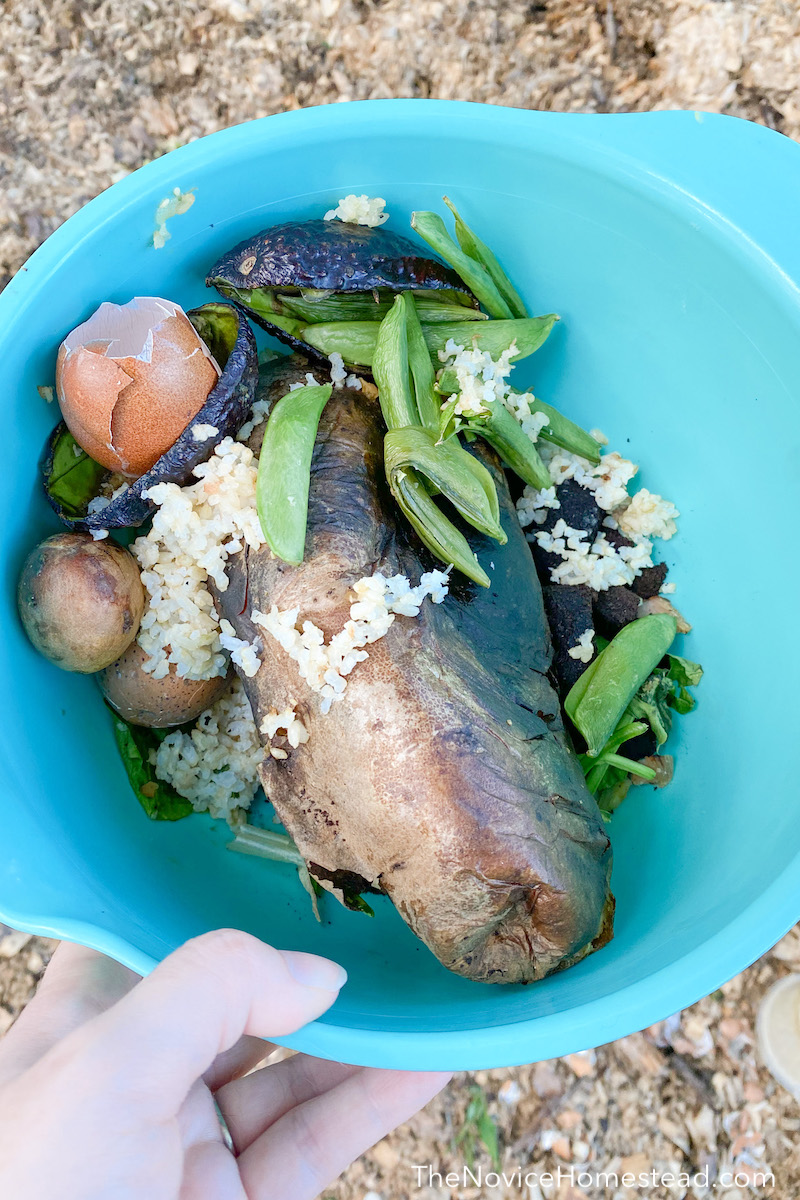
4. Layer Your Greens and Browns
When you start a compost pile, you want to layer your “greens” and “browns” like a lasagna. This will help ensure a healthy and fruitful compost pile that’s neither too wet or too dry.
- “Greens” — Wet, nitrogen-rich things such as food scraps, coffee grounds, and fresh grass clippings.
- “Browns” — Dry, carbon-rich items including dry leaves, newspaper, and wood shavings.
Most of the water in your compost pile will come from the rain and the greens, so it’s best to mix them within to avoid making your compost pile soggy. As you start to turn your compost pile, the materials will mix to create a more efficient compost pile!
5. Turn, Turn, Turn
While a compost pile will pretty much take care of itself, there is a little bit of maintenance required. You’ll want to “turn” the compost regularly and you may need to adjust the composition at times.
Turning your compost simply means moving things around. A large metal pitchfork is the perfect tool for this! Turning adds air to your pile and allows for faster processing.
When Can You Start Using Compost?
Depending on what materials you’ve added to the mix, compost will take anywhere from a few weeks to a full year to decompose. Food and plant materials break down fairly quickly. Wood shavings take much longer.
We add a lot of wood shaving to our pile because that’s what we use in our chicken coop. After a few months, I used this “super mulch” to make the base of my raised bed gardens and covered that with soil. The mulch helps with drainage and even though it was only halfway decomposed, it also provides nutrients to my gardens. So far I’ve had great results with this!
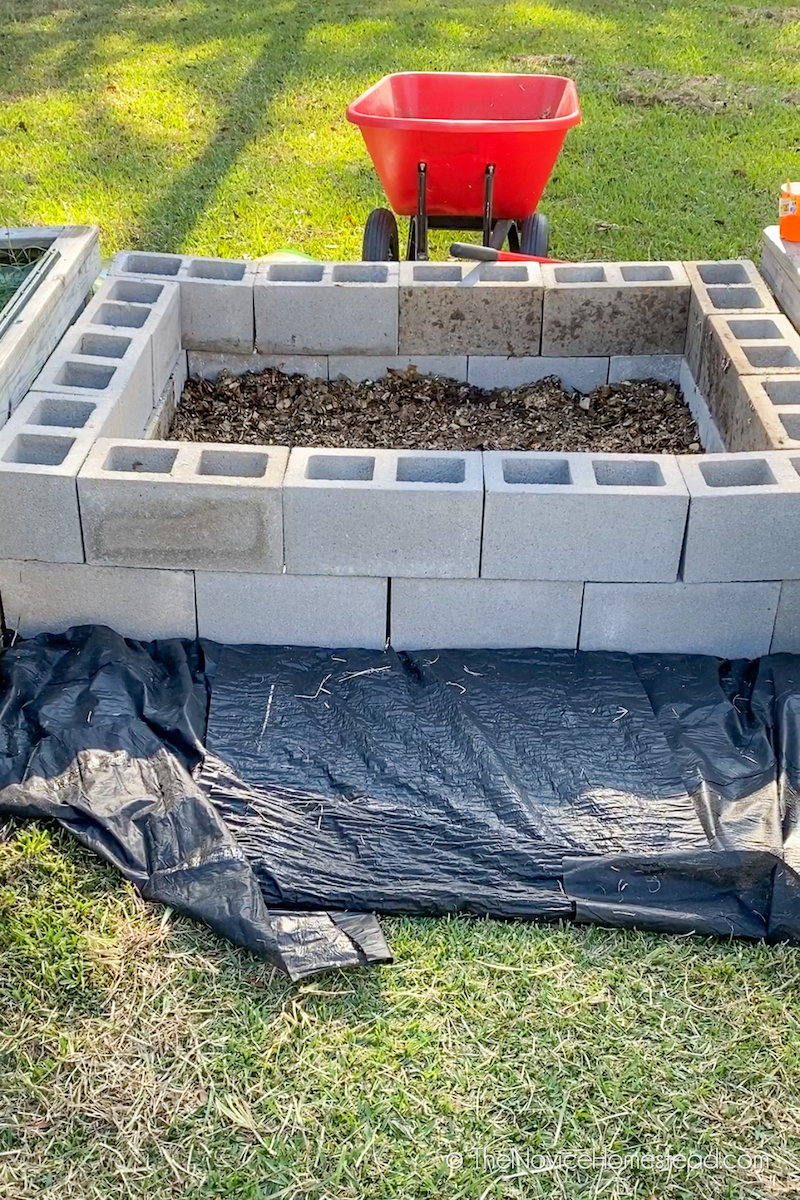
If you want to speed up the process, consider using a compost tumbler. This is also a great option for small space homesteading or if you live in a neighborhood.
Free Printable Compost Checklist
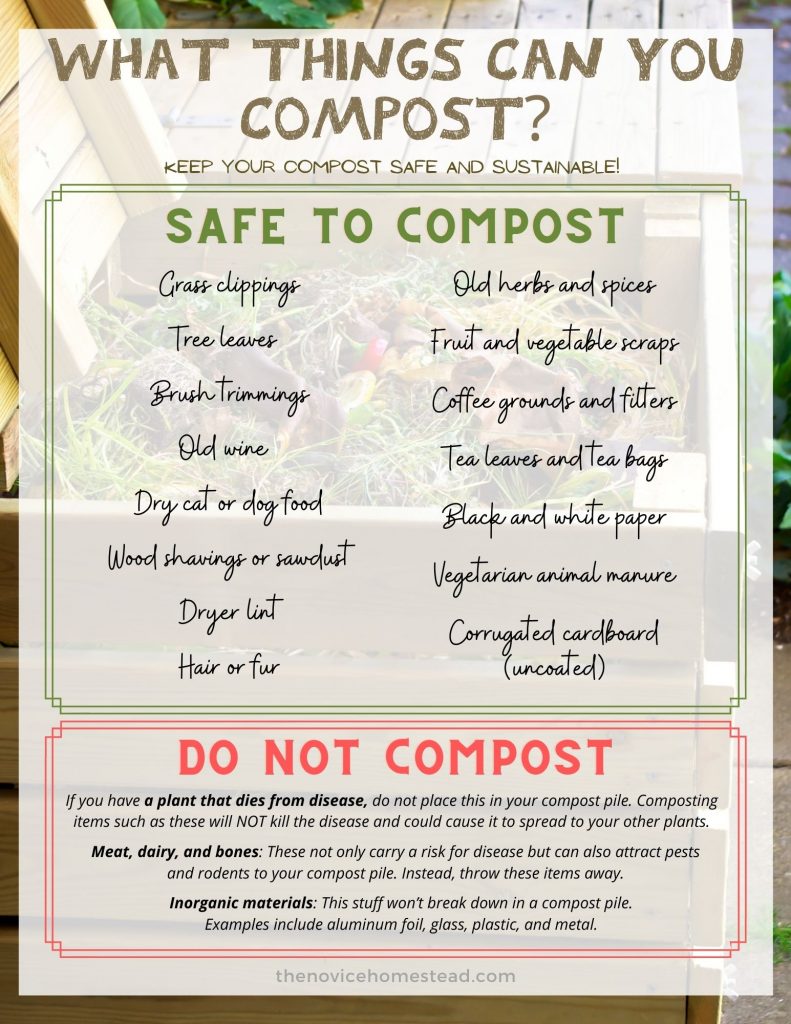
Click here for a free printable copy of our composting checklist pictured above!
My Favorite Compost Tools
- Metal Pitchfork — If you’re going to make a traditional compost pile, you’ll need a strong tool for turning it. Plastic pitchforks will break and smaller tools will be a lot of tedious work. With a sturdy metal pitchfork, you can turn the whole pile in a couple strokes.
- Compost Tumbler — This is a great tool for making compost in a small space or a neighborhood where you wouldn’t be allowed to build a visible pile. It also helps speed up the decomposing process.
- Countertop Compost Bin — If you’re looking for a cute way to hide the food scraps that you’re saving until you can get enough to dump in your pile, this farmhouse compost bin is lovely!